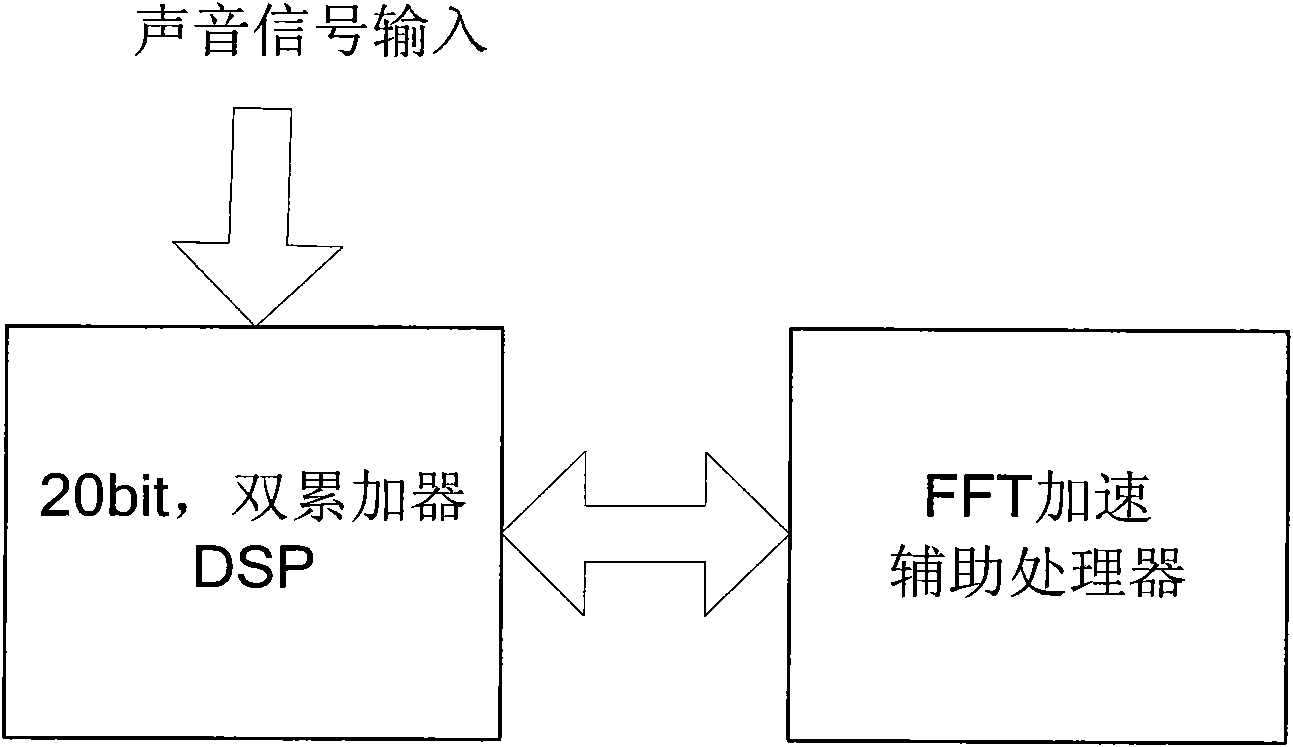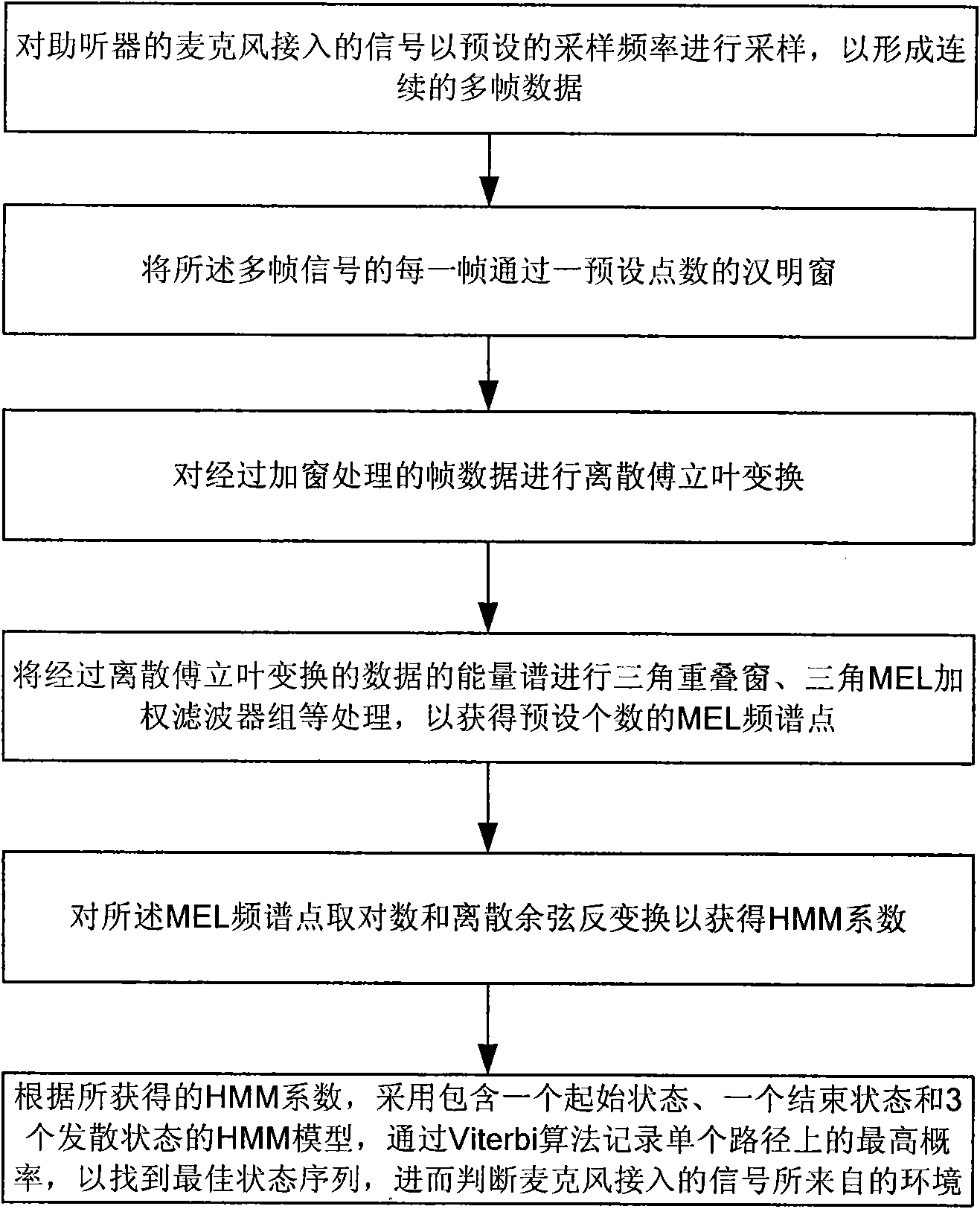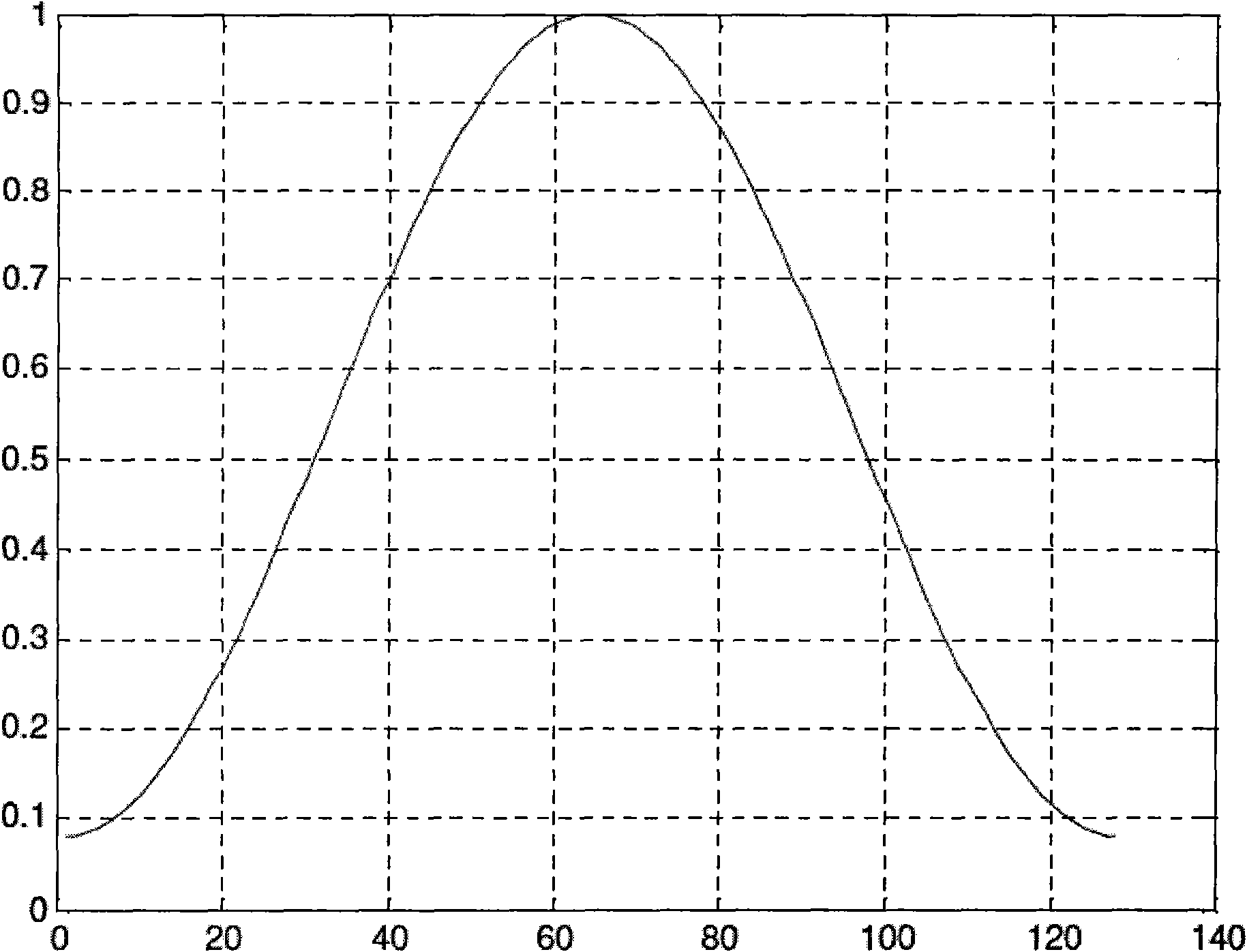Automatic environmental identification method used for hearing aid
A technology for environment recognition and hearing aids, applied in the field of environment recognition, can solve problems such as difficulty in distinguishing different scenes, limited redundant processing capacity of digital processors, etc., and achieve effective recognition
- Summary
- Abstract
- Description
- Claims
- Application Information
AI Technical Summary
Problems solved by technology
Method used
Image
Examples
Embodiment Construction
[0016] The automatic environment recognition method for hearing aids of the present invention can be used as figure 1 In the structure of the hearing aid shown, that is, the hearing aid has a built-in 20bit, double accumulator digital signal processor (DSP) and a discrete Fourier transform acceleration auxiliary processor.
[0017] see figure 2 , the automatic environment recognition method for hearing aids of the present invention at least includes the following steps;
[0018] In the first step, the signal received by the microphone of the hearing aid is sampled at a preset sampling frequency to form continuous multi-frame data. In this embodiment, a sampling frequency of 16KHz is used for sampling, the length of each frame is 8ms, and there is an overlap of 4ms between frames. This process is completed in a built-in 20bit, double accumulator digital signal processor.
[0019] In the second step, each frame of the multi-frame signal is processed through a Hamming window w...
PUM
 Login to View More
Login to View More Abstract
Description
Claims
Application Information
 Login to View More
Login to View More - R&D
- Intellectual Property
- Life Sciences
- Materials
- Tech Scout
- Unparalleled Data Quality
- Higher Quality Content
- 60% Fewer Hallucinations
Browse by: Latest US Patents, China's latest patents, Technical Efficacy Thesaurus, Application Domain, Technology Topic, Popular Technical Reports.
© 2025 PatSnap. All rights reserved.Legal|Privacy policy|Modern Slavery Act Transparency Statement|Sitemap|About US| Contact US: help@patsnap.com



